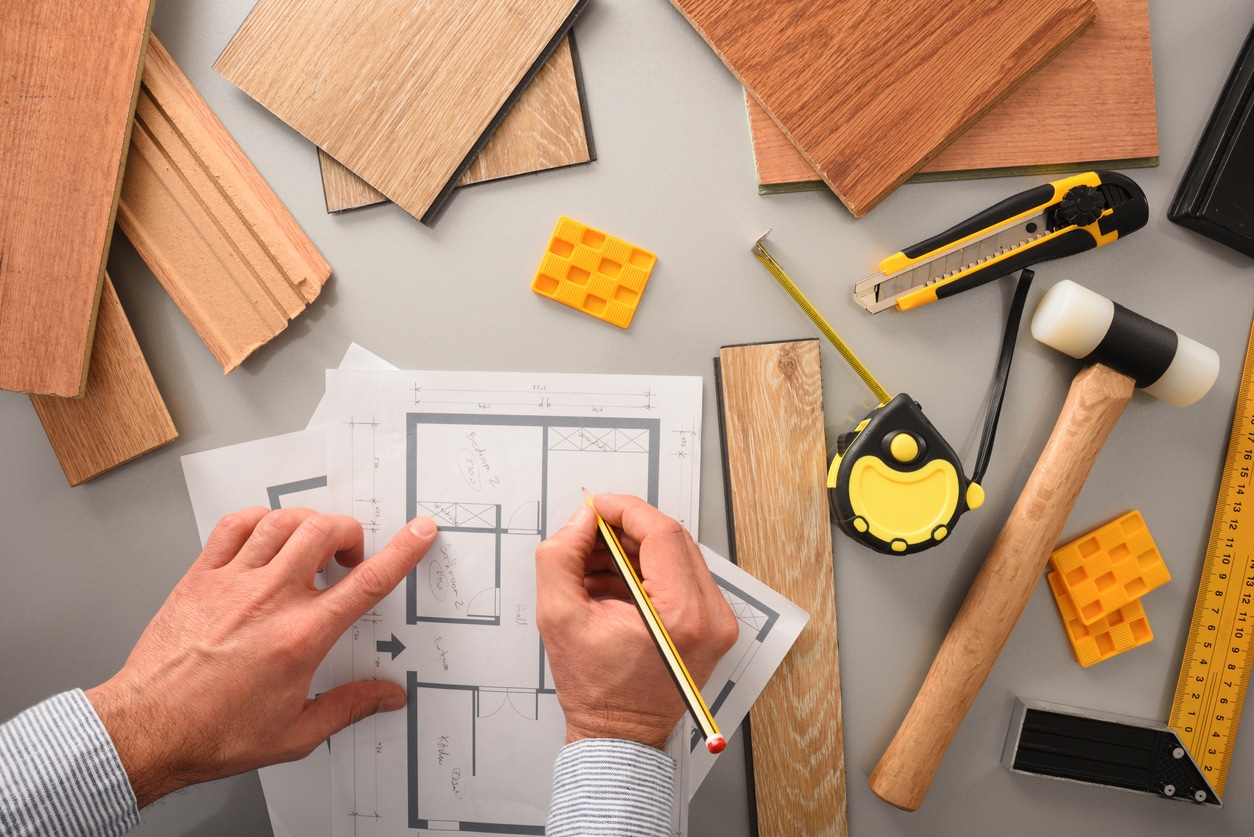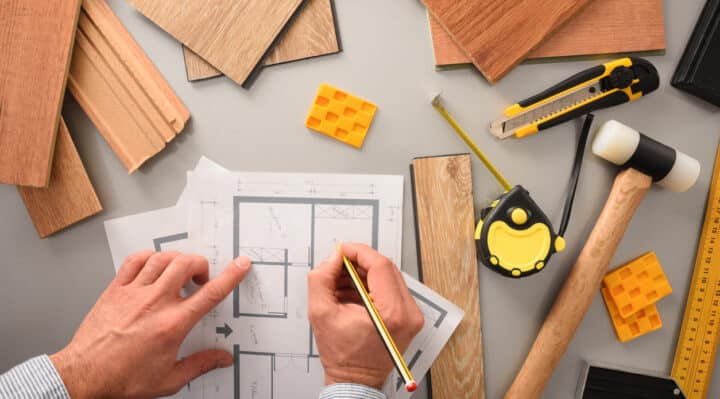
How Did This Get Made? Your Favorite Eco-Friendly Home Additions Revealed

Making your home more sustainable can be a fulfilling project. You’ll save money while helping the planet, but how do companies make your preferred upgrades? Check out the manufacturing processes behind your favorite eco-friendly home additions to learn more about how you’re making your house more environmentally friendly.
Solar Panels
Homeowners often think about installing solar panels to make their properties more eco-friendly. Living off green energy makes any electricity usage guilt-free, but harnessing sunlight can seem like a mystery.
It all begins with ingots and glass, which combine with electrical wiring into anti-reflective wafers. The wafers capture any sunlight that touches their surface and sends it to metal conductors. Metal links transfer energy from the conductors to the energy grid or solar battery storage, depending on what you decide is best for your home.
Climate scientists would argue solar panels aren’t entirely sustainable because they utilize sand, which is currently a limited resource due to overuse of the material. However, the panels keep carbon dioxide (CO2) from pumping into the atmosphere from additional electric plants, so the benefits outweigh the resource usage.
Energy-Efficient Doors
Traditional doors often let heat and cold air transfer into and out of your home. While those types of doors aren’t supposed to insulate your household’s internal temperature, the leakage they allow requires more continual use of your HVAC unit.
Installing energy-efficient doors is one of the eco-friendly home additions you can use to solve that problem. These types of doors use materials like fiberglass and steel to retain your desired temperature. The thicker, robust insulation balances internal temperatures so families can passively reduce their electricity consumption.
LED Light Bulbs
There are numerous types of light bulbs to choose from when you need a replacement. Traditional incandescent bulbs use a significant amount of electricity to heat the filament that creates light. The electricity usage remains high while the bulb is on because the filament has to stay hot enough to be a controlled fire inside the glass.
Light-emitting diode (LED) bulbs are different. They have semiconductor chips made with elements like gallium phosphide and indium gallium nitride, depending on their glow color. Cases surround the chips and contain other necessary components like the bond wiring and phosphor layer. When you turn on your lamp, minimal electricity is necessary to activate the LED chip and create a brighter light.
Tankless Water Heaters
Every home has some form of a water heater. It’s how you get warm and hot water when you turn on the faucet or shower. Traditional heaters use large tanks with electric or gas coils on the bottom. When you need hot water, it warms the entire tank, even if you only use the faucet or shower for a limited time.
Tankless water heaters are much more energy efficient. When you turn a faucet or shower on, it warms water with an electric or gas coil as the water passes through the unit. You’ll only warm as much water as you need and never have to finish your shower with cold water due to an empty tank.
Instant usage is another bonus of installing a tankless water heater. You won’t have to wait for your water to warm up and use extra amounts of the limited natural resource.
Smart Thermostats
Investing in a smart thermostat is one of the easiest ways to make your home more eco-friendly. They connect to the electrical wiring already installed in your home behind your existing thermostat. The wiring syncs it to your HVAC unit so the chip within the thermostat can tell it when to turn on and off.
Smart thermostats often have additional temperature sensors as well. They more accurately tell the temperature throughout your home so your HVAC unit doesn’t turn on when most of your home’s temperature hasn’t changed. Your electric bill will drop due to less electricity usage. You can use the extra money to go ziplining in a forest or go snorkeling in the Caribbean and experience the planet your home’s protecting.
Bamboo Floors
Deforestation is a significant problem. Felling trees to make various types of wooden floors removes forests and their ability to absorb carbon dioxide. It also destroys natural habitats and the food chain. Although you might not have had a choice in your home’s flooring, if someone previously owned the home you live in, you can always replace your floors with bamboo planks.
Bamboo is a much more sustainable flooring material. When new shoots form roots, the plant can grow 100 centimeters daily, replacing previous bamboo forests faster than trees. The resources used to make your newly installed, durable floors will replenish themselves much faster than if you had traditional wood.
After manufacturers glue dried bamboo strips into layered planks, you’ll have the wood you need for your new floors.
Learn About Eco-Friendly Home Additions
It’s essential to learn about how your favorite eco-friendly home additions come to exist. The manufacturing process is typically what impacts the environment most. Transform your property into one that supports the planet by researching potential additions like these and choosing the options best suited to your vision.



Post a comment